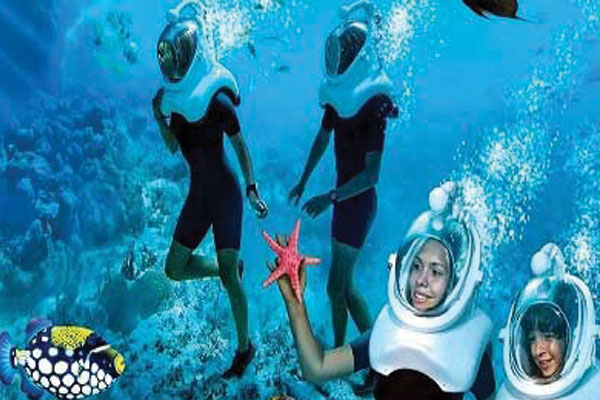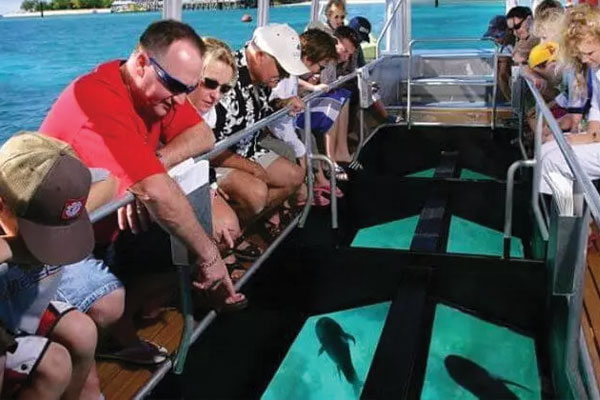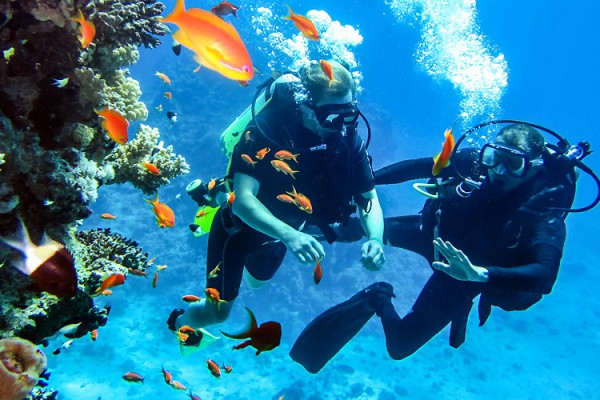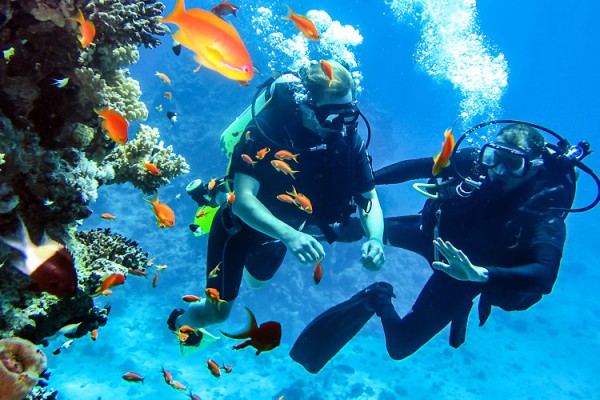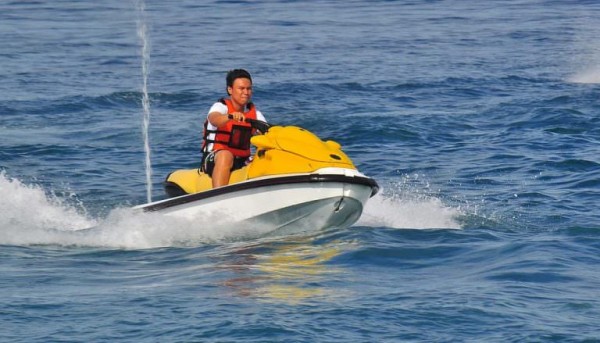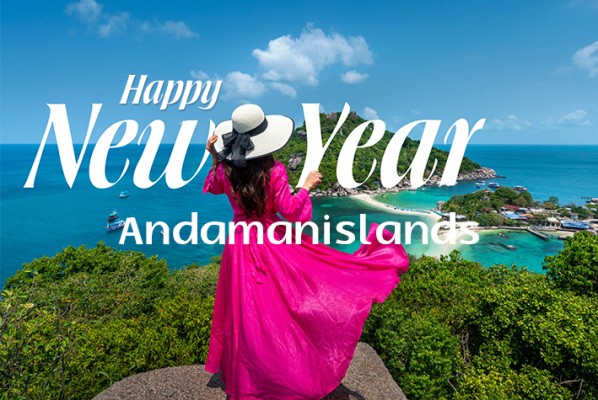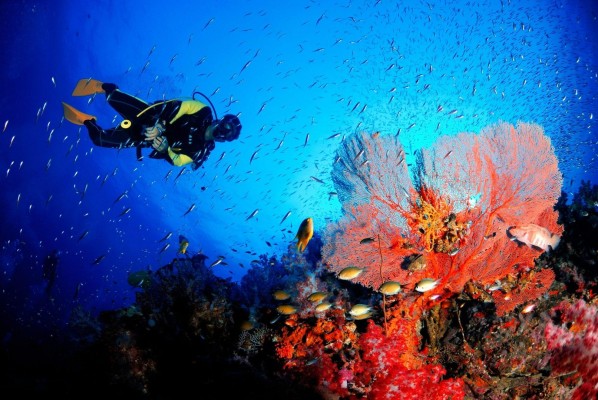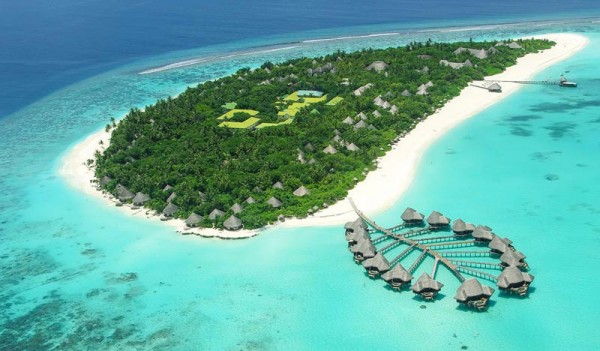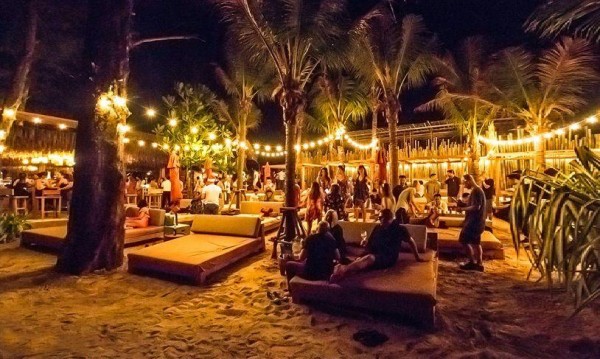If you've been considering a trip to Baratang Island, you're in for a delightful experience. This secluded island offers a unique mix of adventure, relaxation, and cultural experiences. You can expect a world filled with dense mangroves, intriguing limestone caves, vibrant local life, and a chance to know more about the elusive Jarawa tribe of the Andaman Islands.
Baratang is easily accessible from Port Blair. Many people prefer taking tour guides for a day’s journey to the island. You can cover most of the famous places in a day or two. But, of course, no one’s stopping you from staying back and enjoying the calm of this beautiful and rustic island.
First, let’s find out how to reach Baratang Island. Baratang Island is approximately 100 kilometres away from Port Blair. You can travel by road using the Andaman Trunk Road, which passes through the dense forests of the Jarawa Tribal Reserve. This journey is a unique experience in itself, and you may be able to distantly observe the tribal life and verdant jungles of the Jarawa.
Once you reach the middle strait by bus or car, you can take a government ferry or a local wooden boat to cross over to Baratang Island.
Now, let's dive into the top 10 things to do in Baratang Island.
- Go on a Mud Volcano Excursion
How often do you get to see a mud volcano? Baratang is home to one! It's a rare geological phenomenon, and while it may not spew molten lava, it's still a sight to behold with its bubbling mud. A trip to Baratang wouldn't be complete without witnessing its intriguing mud volcano. Unlike the fiery images conjured by typical volcanoes, Baratang's mud volcano is a spectacle of the earth oozing out cold mud. It's a captivating phenomenon that draws both curious eyes and avid nature enthusiasts. Of the 11 or so mud volcanoes around Andaman, 8 are located in Baratang, which makes it the best place to witness this phenomenon.
How to Reach: To get to the mud volcano, you will first need to reach the Neelambur Jetty in Baratang Island. The volcano is around 7 km away from Neelumbur Jetty; hence, you have to take a jeep to cover the distance. Jeeps usually charge around INR 1000 for a round trip. Once you get down at the designated parking spot, you’ll have to can walk up a rocky path of around 160 metres to the site where the volcanos are located.
You won’t find any transportation near the mud volcano, at least not easily. That is why most people prefer to hire the jeep for a round trip.
Timings: While there are no specific timings for visiting the mud volcano, you should ideally visit the place between 8 in the morning to 4 in the afternoon. It is better to visit the volcanoes during the early hours as the area is less crowded and the weather is cooler, making the experience more enjoyable.
Once you are there, remember to tread carefully and avoid going too close to the bubbling mud. It's a unique experience that offers a slice of Baratang's diverse natural wonders, making it a must-visit spot for anyone who likes adventure.
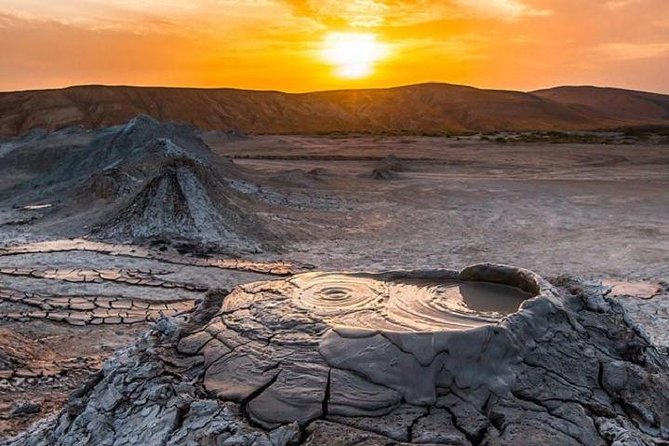
- Explore the Famous Limestone Caves
Your visit to Baratang Island is incomplete without exploring the remarkable limestone caves. These caves, formed over thousands of years, are a minefield of captivating limestone formations. Formed over thousands of years, the caves feature stunning stalactites and stalagmites, shaped intricately by the slow drip of mineral-rich water. There isn’t much light inside the caves, so carrying a flashlight might be a good idea.
How to Reach: Reaching the Limestone Caves is an adventure in itself. Since you’ll be in Baratang, you can start your journey from Neelumbur Jetty, from where can get on a speed boat ride through dense mangrove forests. This boat ride is not just a mode of transport but offers visitors a glimpse into the island’s rich ecosystem and will cost you around INR 1000. Once the boat reaches Nayadera Jetty, a short walk for 2 kms will take you directly to the entrance of the caves.
Timings: The Limestone Caves are open to visitors from 7 AM to 3 PM on all days of the week. There is no entry fee; however, if you are taking a guide or going through a tour agency, you may have to pay a separate fee to them.

- Relax in the Baludera Beach
Baludera Beach is one of those serene hideaways where the golden sands meet the gentle embrace of the turquoise waters. Away from the bustling touristy spots, this beach offers an oasis of calm to anyone who needs time off from the hustle and bustle of the world. At Baludera, it's not just about laying back and soaking sunlight. You can enjoy leisurely beach-ball games with your friends, build sandcastles, or simply take a stroll along its palm-fringed shores. The shallow waters make it ideal for a dip, especially if you aren't an avid swimmer. If you want a treat, you might stumble upon a local vendor selling fresh coconut water, providing instant refreshment.
How to Reach: Baludera Beach is located on the eastern side of Baratang Island. It is 9-10 kilometres away from the Nilambur Jetty. The beach is easily accessible via road from the main town. You can rent a scooter, hail a cab, or get on local buses that regularly ply in the direction of the beach. You’ll be charged anywhere between INR 50-100 for the ride.
Timings: While the beach doesn't have strict visiting hours, it's best to visit between 6:00 AM and 6:00 PM to make the most of the daylight. You can also stay back to enjoy a starry night under the sky, but make sure you have some kind of transportation in place to get you back to your stay. Also, remember that Baludera doesn't have the amenities of commercial beaches, so it's wise to carry essentials like water, snacks, and sun protection.
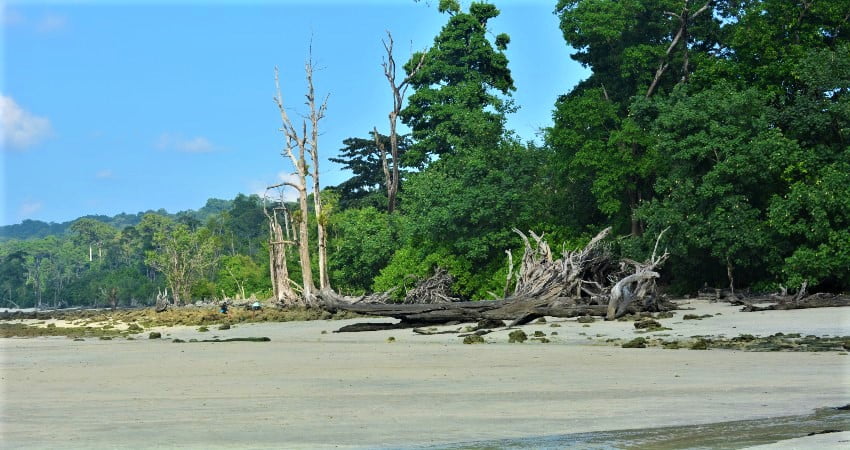
- Go Bird Watching in Parrot Island
If you're a bird lover, then Parrot Island should be on your list. Along with parrots, one can spot various other avian species. Look out for sea eagles soaring in the skies or kingfishers diving for their catch. The mangroves surrounding the island play host to a diverse range of birds, including herons and egrets. Bring along a pair of binoculars and a bird guidebook to make the most of your birdwatching experience. If you interested in nature photography, Parrot Island is the perfect place. The serenity of the island offers a wonderful opportunity for nature photography and simply absorbing the beauty of the mangroves and the sea.
How to Reach: To get to Parrot Island, you need to start from Baratang Jetty. Boat services are usually organised by local tour operators, who offer rides to the island at cheap prices, especially towards the evening when the parrot spectacle is about to begin. You may have to pay around INR 50- 100 for the boat rides.
Timings: The best time to visit Parrot Island is in the late afternoon, around 3 PM to 4 PM, ensuring you're there to witness the sunset phenomenon. Boats usually start returning by 6 PM. It's essential to coordinate with boat operators regarding timings to avoid being stranded, as the island does not have any overnight accommodations.
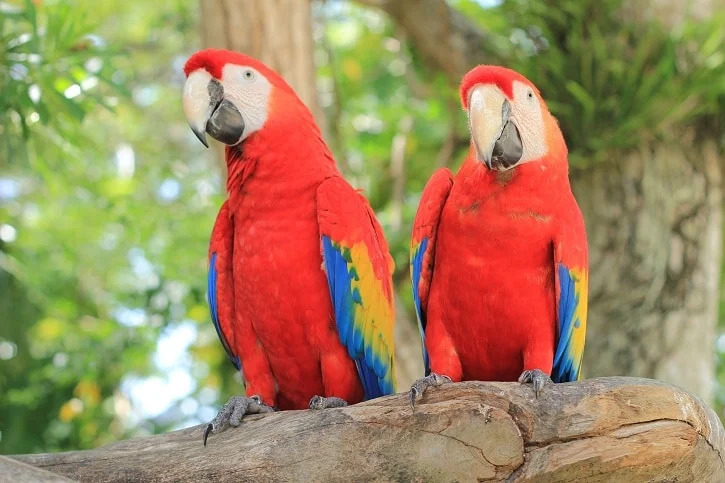
- Take a Boat Ride Through the Mangrove Forest
Navigate the serene waters amidst dense mangroves. Boating amidst the mangroves of Baratang is not just a paddle through water but a journey into nature's very heart. These waterways, flanked by thick mangroves, are a unique ecosystem that allows you a close-up look at a side of Baratang's beauty that's not often seen by many. As you glide through the calm waters, the canopy of mangroves arching overhead offers a shade that's dotted with sunlit patches. The waters are clear enough for you to spot various aquatic life, from darting fish to the occasional crab making its way across the muddy bottom.
Cost and Timings: The cost of boating through the mangroves largely depends on the duration and the tour operators. On average, a 2-hour experience can range from INR 1000 - 2000. Some operators might offer group discounts or package deals, which include guided tours explaining the mangrove ecosystem.
The best time for exploring the mangroves is during the early morning hours between 6 AM to 9 AM or late afternoon from 3 PM to 5 PM.
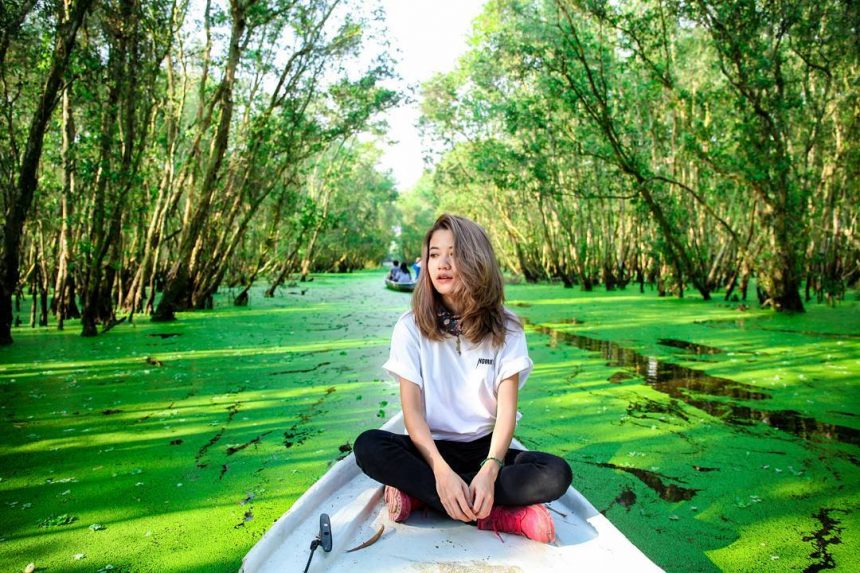
- Sample Local Cuisine: One of the best ways to immerse yourself in the culture of a place is through its food. Baratang Island, being a part of the diverse Andaman Islands, offers a palette of flavours that blend indigenous traditions with coastal influences. Given its proximity to the sea, seafood is a staple in Baratang. Dishes like grilled fish, crab curry, and prawn masala are local favourites. They’re often spiced delicately, allowing the freshness of the seafood to shine through.
A typical meal in Baratang is incomplete without rice. It’s usually paired with a variety of curries, both vegetarian and non-vegetarian. The coconut milk-based chicken curry is a must-try. Despite the abundance of seafood, vegetarian options are aplenty. From simple lentil soups (dal) to mixed vegetable curries and coconut-based dishes, there's no shortage of flavourful vegetarian food.
Don't forget to try the local sweets and snacks. Coconut ladoos are very popular in Baratang, especially with a cup of tea.
A meal at a local eatery in Baratang can be quite affordable. You can expect to pay anywhere from INR 100 to INR 250 for a hearty meal at a basic joint.
- Trek through the jungles:
Baratang Island, with its diverse landscape, is a trekker's delight. From dense forests to mangroves, and from limestone caves to remote beaches, the island offers a plethora of trekking opportunities that allow one to witness nature's bounty up close. Here are some of the best places to trek to in Baratang Island:
- Limestone Caves Trek: This trek starts from the Nayadera Jetty and leads you through dense forests, making it a sensory delight with the sounds of birdcalls and the sight of vibrant flora.
Time Taken to trek: The trek is relatively easy and takes around 45 minutes to an hour to reach the caves.
- Mud Volcano Trail: Baratang Island houses one of the few mud volcanoes in India. The trail to the volcano site offers a chance to experience the island's unique geological wonders.
Time Taken: This is a shorter trek, roughly 30 minutes from the main road. The terrain can be a bit muddy, especially after rains, so proper trekking shoes are recommended.
- Baludera Beach Trek: A serene path that offers a blend of forest cover and coastal beauty, the trek concludes at the calm Baludera Beach.
Time Taken: It takes about an hour to reach the beach, making it a relaxed trek suitable even for beginners.
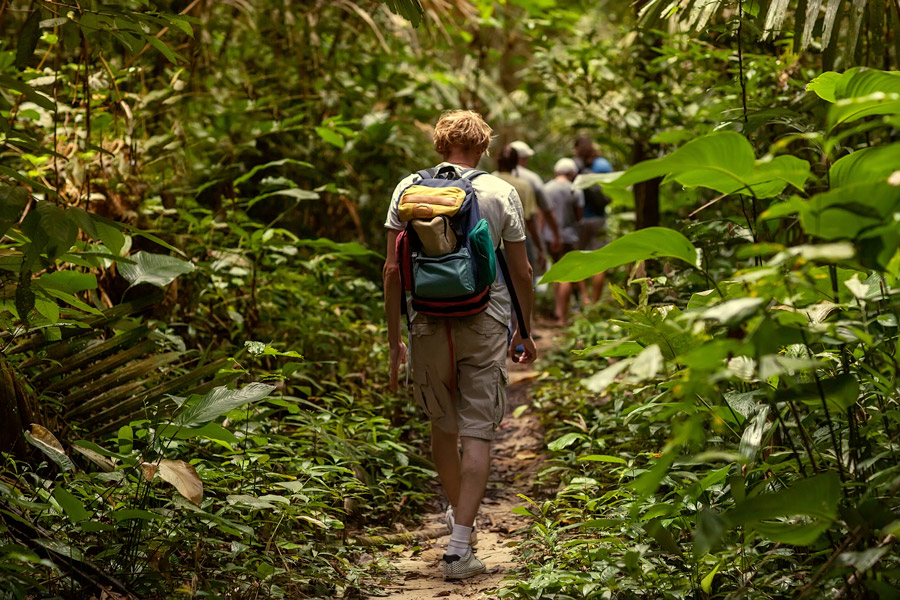
- Explore the local market:
The local markets in Baratang are filled with stalls displaying many vibrant tropical fruits, handcrafted trinkets, and, of course, the fresh catch of the day. As you walk through the streets, you will smell the rich aroma of local spices filling the air and beckoning you to try some of the delicious street food, especially the seafood delicacies. While there aren’t any fancy city eateries or fast-food outlets, there are many quaint dhabas and small eateries, which are perfect for savouring the authentic flavours of the Andamans. Every corner tells a story, from old fishermen mending their nets to children playing traditional games. Exploring Baratang town and market is more than just sightseeing; it's a journey of sensory delights and heartwarming interactions.
- Camp under the stars:
Camping in Baratang is a great way to connect with nature. You can pitch a tent under starry skies and listen to the sounds of the forest. Most camping spots are near the beach, so you can wake up to the sound of waves. Remember to carry a mosquito net and some bug spray to keep insects away. There are local guides who can help set up your camps and bonfires. Also, many resorts offer camp stays within their premises.
While camping, be sure to clean up and not leave any trash behind. That way, Baratang stays clean and beautiful for everyone. If you love the outdoors and want a different adventure, camping in Baratang is a great idea!
Your tour guide or hotel may help you to set up a camp for around INR 800-2000 per night, depending on the facilities you get.
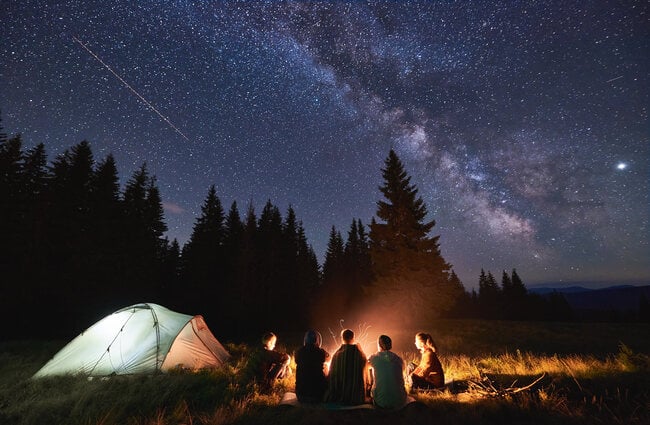
- Go fishing
Fishing is an integral part of the coastal lifestyle of Baratang Island. While commercial fishing is a livelihood for many locals, as a tourist you can do this activity to connect with nature and experience the island’s essence. This could one of the most off beat things you’ll do on a trip! With the guidance of local fishermen, you can explore different fishing spots and techniques. You will also get a chance to enjoy the serene waters and panoramic views of the island.
The mangrove regions around Baratang have calm waters and are home to many varieties of fish. While you can explore fishing in the mangrove creeks, you should ideally have a local guide as it is very easy to get lost in the maze of the water channels in Baratang Island.
Note that Baratang is not famous for game fishing, so you can only do hand line fishing with locals.
The cost would depend on the locals themselves, but they are likely to charge you INR 500-1000 for a small fishing expedition with them in the nearby waters close to the mangroves. In most cases, the cost of travelling in the boat and the fishing rod or net are covered in the total cost. Your tour guide or the resort may be able to connect you with some local fishermen.



.jpg)









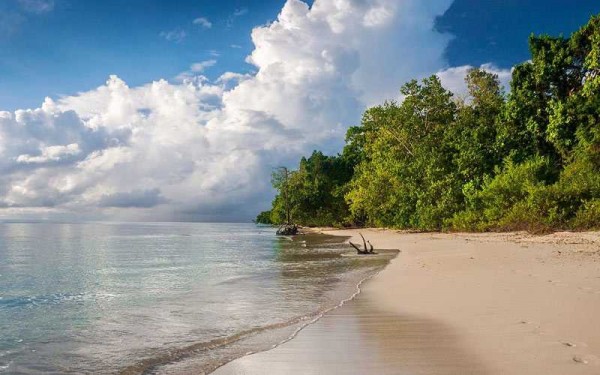
.jpg)
